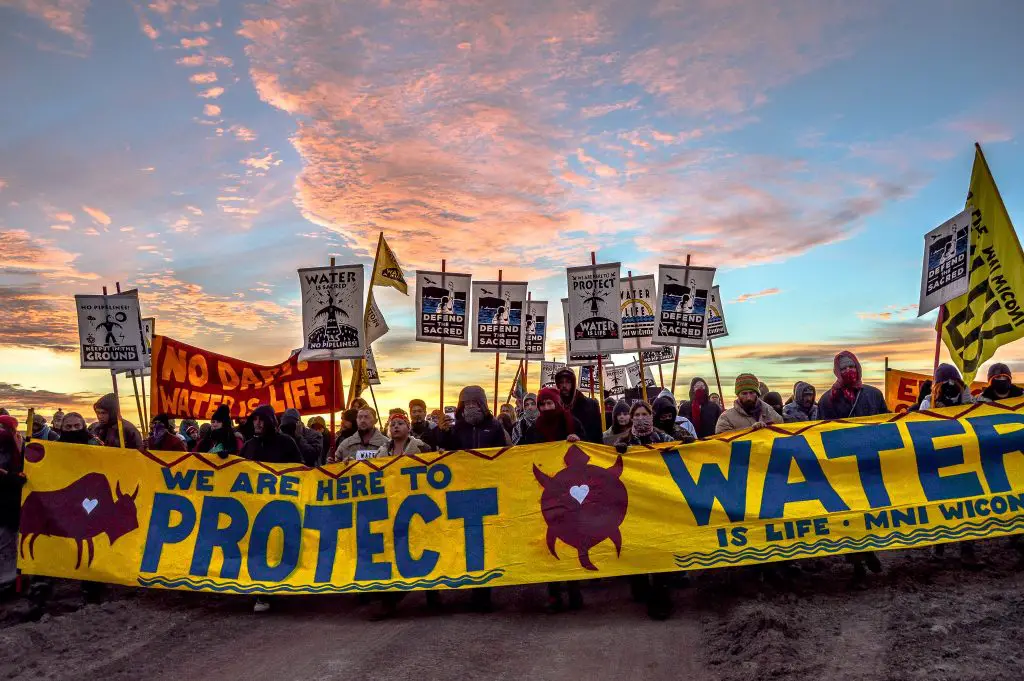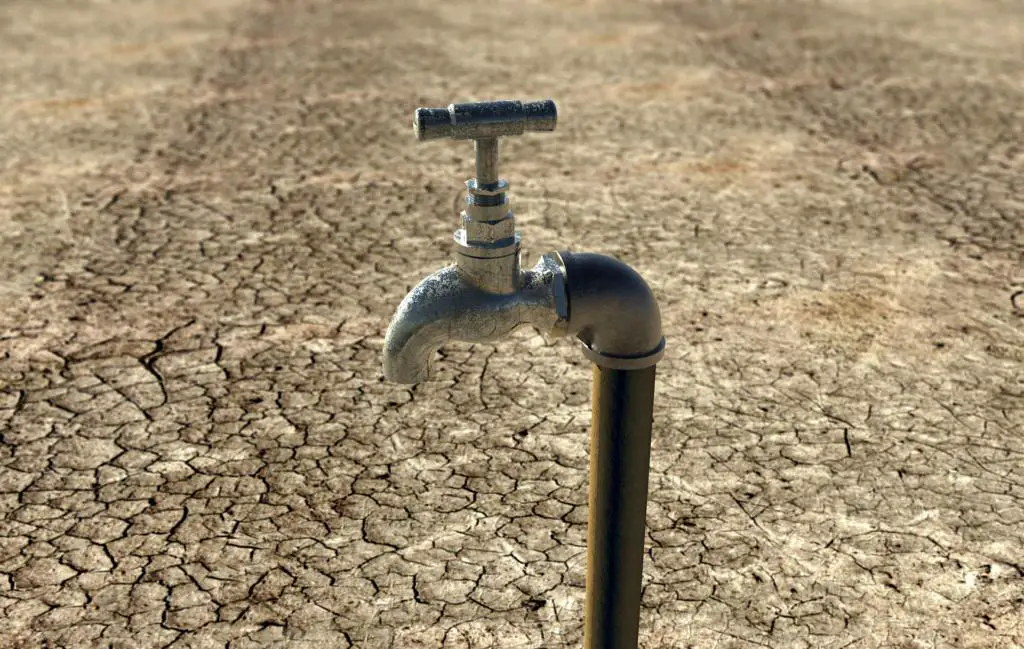In 2015, news reports began surfacing about high levels of lead in the water in Flint, Michigan. Reports indicated that Flint’s water had such high lead levels that residents could not drink or bathe in the water from their taps and some residents were even hospitalized for illnesses directly related to consuming the contaminated water.
Officials attempted to assuage the residents’ concerns, but it was already too late as the issue had made national headlines. In the richest country in the world, this tight-knit community was officially suffering from water insecurity.
Researchers discovered that the state had not treated its water with anti-corrosive agents after switching to a new water supply in 2014, which violates federal law. Due to the water corroding the service lines leading to residents’ homes — about half of which were made of lead — the water turned brown and many residents fell ill.
After the nation learned about the horrible treatment of Flint’s residents, the city began correcting its mistakes and the water quality has improved significantly since then. While some people are still baffled by the events that unfolded, others have suggested that the water issue might have been a result of environmental racism.
The Black Lives Matter founders, Cornell Brooks and many other prominent figures have pointed out that 57 percent of Flint’s residents are African American and 41 percent of its residents live below the national poverty level. These leaders have drawn connections between Flint’s racial and socioeconomic makeup and its lack of water access.
Critics have accused the outspoken leaders of “pulling the race card,” but their concerns are justified and backed by a long history of the U.S. government’s mistreatment of minority communities.
Decades ago, environmental activists found that minority communities are disproportionately impacted by pollution and water insecurity, and the continuation of the environmental justice movement shows that this negligence is an ongoing issue.
The environmental justice movement began in a poor, rural and largely black community in North Carolina in the 1980s when state officials decided that Warren County, North Carolina, would be a perfect spot to dump truckloads of soil contaminated with toxic PCBs.
State officials ignored the community’s concerns about the soil contaminating its groundwater and continued with their plans. Despite protests, lawsuits and scientific studies to back up residents’ concerns, the soil was dumped into the landfill.
Soon after, officials discovered water under the landfill, but the landfill was not deemed safe until 2004 — two decades after residents first began to advocate for their right to live in a clean and safe community.
Warren County’s experience with pollution simply confirmed what minority communities already knew: the government neglects its minority communities and sometimes knowingly pollutes these areas. Various studies of conditions in poor minority communities have confirmed that environmental racism is a significant problem.
Minority communities’ demands are sometimes ignored because these communities do not have the social or political power to affect change. Perhaps the most notable example in recent years is the rerouting of the Dakota Access Pipeline through the Standing Rock reservation in North Dakota.

The pipeline was originally meant to go through Bismarck, North Dakota, but the predominantly white community rejected the proposal due to concerns about oil spills and water contamination.
The predominantly Native American population in Standing Rock had the same concerns, but community members were ignored and treated like criminals when they protested for their access to clean water. Though the reservation has passionate outspoken tribal leaders, higher government officials did not afford them the same rights as their white counterparts.
Standing Rock residents must now wonder every day if their main water source will be contaminated by the pipeline.
Many times, underserved communities simply do not have the resources to advocate for themselves. Minority communities often do not have connections to zoning boards, city councils or other prominent people who can fight for their rights like white communities do.
In Warren County’s case, the town in which the landfill resided did not have a mayor or a city council, so residents were left to fend for themselves. Local community leaders organized protests and attracted media attention, but there was nobody officially in place who was dedicated to their cause.
Water insecurity occurs all over the world, as is exemplified by the current situation in Cape Town, South Africa. Cape Town is on its way to becoming the first major city to run out of water due to years of droughts and neglect by the federal government. In 2007, the national Department of Water and Sanitation informed city officials that there was a chance of running out of water.
The city heeded the warnings and took action, allocating 60 percent of its water supply to residents and the rest to agriculture, successfully thwarting the danger of lowering water supplies. However, 2015 and 2016 were unusually dry years. Rather than responding to the threat of water insecurity by readjusting the allocation of resources, 40 percent of the water continued to go to agriculture.
As early as 2015, local leaders promptly informed the national government that they would need to increase water supplies, but the dams were still 75 percent full at the time and their proposals were rejected. Appeals were rejected again in 2017 because the federal government claimed that Cape Town had yet not reached crisis level, despite evidence to the contrary.
Lack of foresight was not the only reason for the South African government ignoring local government. It has been proven that the Department of Water and Sanitation is rife with debt, mismanagement and corruption and the fact that they do not have money to spend on drought relief.
The blame, then, is not entirely on environmental changes and severe drought. The national government neglected its own people, and now each person is being forced to survive on only 13 gallons of water per day.
Back in the U.S., environmental issues might become more prevalent during Donald Trump’s administration. The president has expressed interest in slashing the EPA’s budget to spend more on defense.
Trump’s administration is also currently being sued for attempting to delay the Obama-era Clean Water Rule, which affords federal protections to lakes, streams and other bodies of water. Without the Clean Water Rule, minority communities will be the first to be affected as they battle pollution-fueled water insecurity.
To ensure continuous access to water for drinking and sanitation needs, governments on the local and national level must cooperate. Namely, national governments must take reports of water crises seriously and respond in a timely manner.
Funding must be made available to all communities equally when needed, and solutions must be standardized yet easily adaptable to changing needs. Not every community suffers from water shortages due to outright neglect, so steps can be taken to ensure continuous water access from natural resources.
Some communities, however, do suffer mainly because of government inaction, and these issues must also be alleviated. Government officials should treat each community equitably and take everyone’s concerns seriously.
Lawmakers ought to evaluate whether their policies and actions — or inaction — will contribute in the long-term to environmental racism. Officials should also ensure that their actions are not polluting the environment or poisoning its citizens and consider the lasting impact of harmful industries and products.
Water is the source of life, yet some of the most vulnerable communities are routinely denied access. Alleviating water insecurity is not a quick or easy solution, but through collaboration and effort, minority communities can begin to know what it is like to always have this life-saving substance at their fingertips.

















